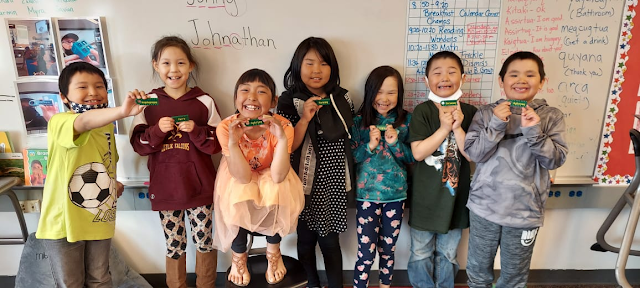Indigenous Youth of Alaska and 3D Printing Technology

by Susan Waruingi "Nothing is impossible with a little ingenuity," says Nelressa Faye, a Kotlik school educator, new to Alaska, US. Faye shares a game changing experience to the students of Kotlik after they interacted with 3D printing technology for the first time with Facilities Manager, Kim Riggs from the University of Alaska. Happy and motivated pupils after a 3D Printing lesson The Yupik tribe is the largest of the indigenous people in Alaska known for their keen abilities to invent tools and technology that were highly adapted to survival in Alaska. As hunters and gatherers living in temporary houses, the tribes have used innovation and resources to transition into a mix of modern and traditional. The tough life in the north made it possible for community members to stay together as they executed inventions and performed daily chores in the families. As a result, informal education was passed down to their children. However, with rapid changes in their way of life, mod...
